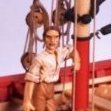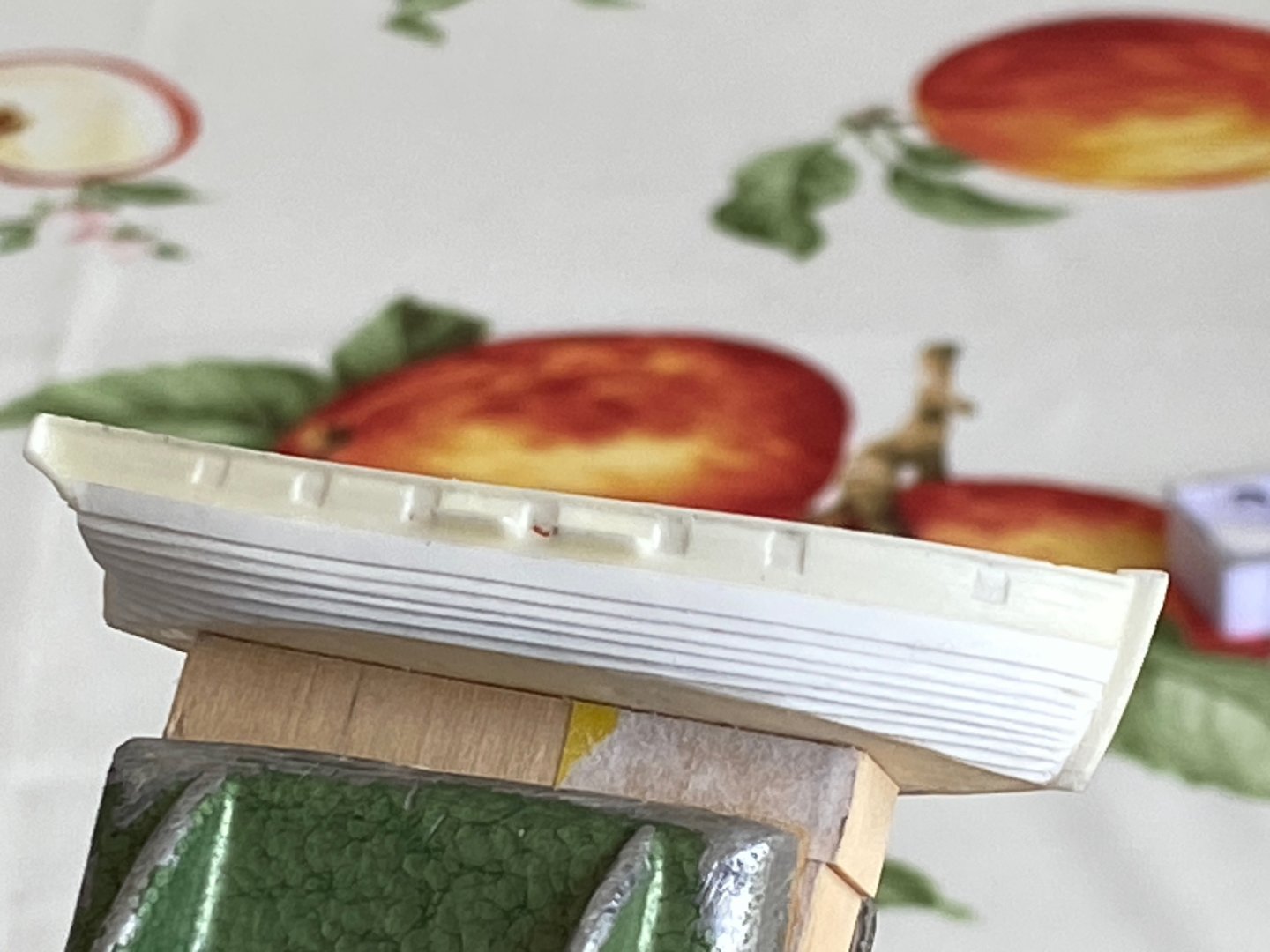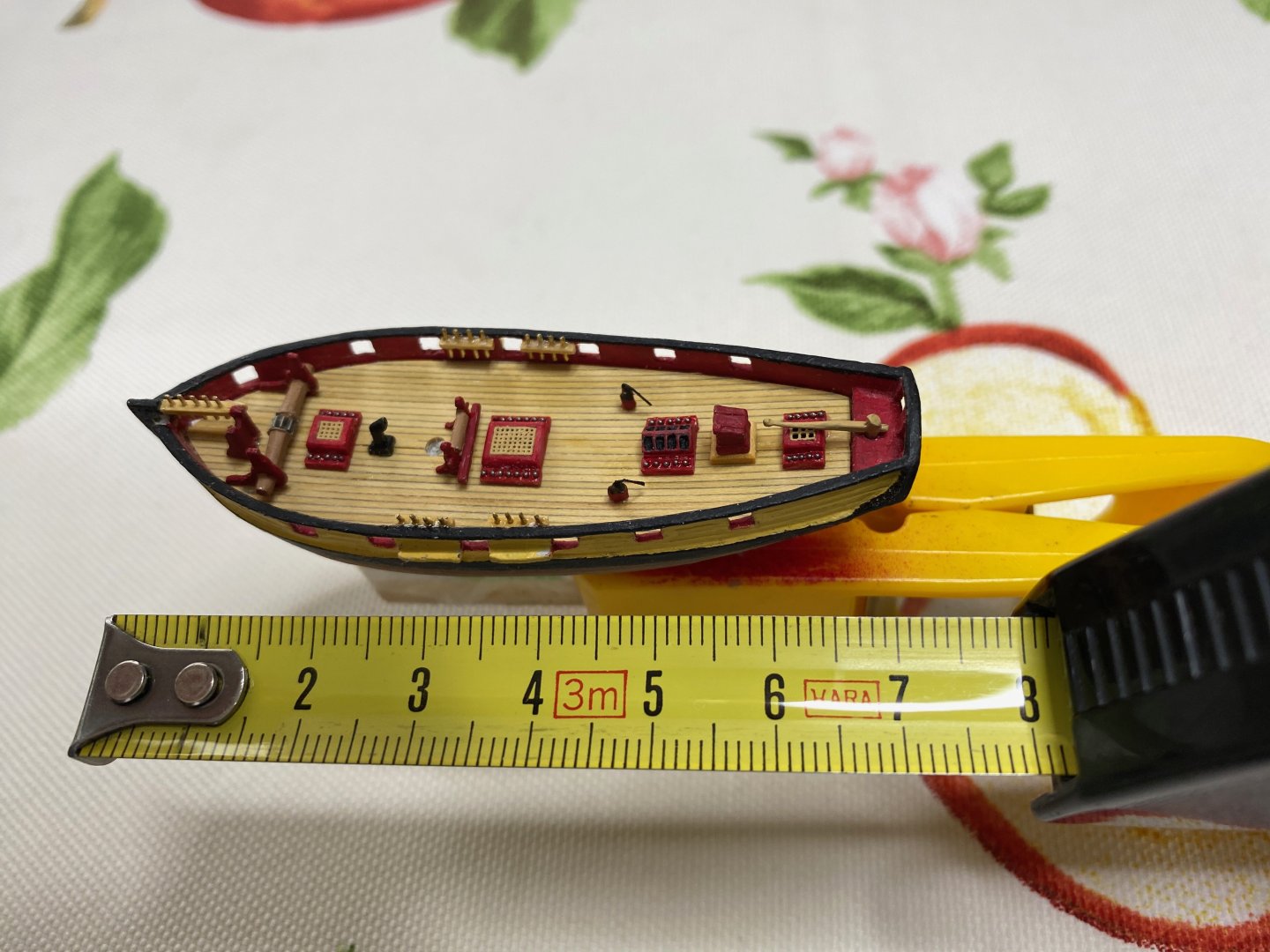
franzschmidb
Members-
Posts
14 -
Joined
-
Last visited
Recent Profile Visitors
-
 Ondras71 reacted to a post in a topic:
Cutter 1/300 block making
Ondras71 reacted to a post in a topic:
Cutter 1/300 block making
-
 mtaylor reacted to a post in a topic:
Cutter 1/300 block making
mtaylor reacted to a post in a topic:
Cutter 1/300 block making
-
 mtaylor reacted to a post in a topic:
Cutter 1/300 block making
mtaylor reacted to a post in a topic:
Cutter 1/300 block making
-
 mtaylor reacted to a post in a topic:
Cutter 1/300 block making
mtaylor reacted to a post in a topic:
Cutter 1/300 block making
-
 mtaylor reacted to a post in a topic:
Cutter 1/300 block making
mtaylor reacted to a post in a topic:
Cutter 1/300 block making
-
 druxey reacted to a post in a topic:
Cutter 1/300 block making
druxey reacted to a post in a topic:
Cutter 1/300 block making
-
 druxey reacted to a post in a topic:
Cutter 1/300 block making
druxey reacted to a post in a topic:
Cutter 1/300 block making
-
 Alvb reacted to a post in a topic:
Cutter 1/300 block making
Alvb reacted to a post in a topic:
Cutter 1/300 block making
-
Cutter 1/300 block making
franzschmidb replied to franzschmidb's topic in Masting, rigging and sails
hello Alvb, thank you so much for your well explained method. It is what I shall try to copy. When I have managed to produce an acceptable solution I shall post a picture of it. And I find it very mindful of you to write in two languages. But maybe it is not necessary for you and me to use German at all. It is a US forum and we should understand other readers of this forum might be interested in this theme. Thanks again Franz -
Cutter 1/300 block making
franzschmidb replied to franzschmidb's topic in Masting, rigging and sails
hallo Alvb, danke für das Bild in 1:250. Sieht ganz nach dem aus, was ich suche. Womit stanzt Du das Papier? Ich habe bei Amazon Röhrchen mit Innendurchmesser 0,7 und 0,8 mm bestellt, die ich platt klopfen möchte und dann als Punze verwenden will. Könnte das ein ähnliches Ergebnis wie auf Deinem Bild geben? Hoffentlich nimmt man es uns nicht übel, wenn wir hier deutsch schreiben. Franz -
Cutter 1/300 block making
franzschmidb replied to franzschmidb's topic in Masting, rigging and sails
hello wefalck, thank you for your comment. Please let me know where McCaffery describes block making. I could not find it in his book. -
Cutter 1/300 block making
franzschmidb replied to franzschmidb's topic in Masting, rigging and sails
hello druxey, thank you for your posting. But I did not find any method in the books of the experts like Phil Reed and MacNarry. Mc Narry mentioned using Lobelia seeds. I just received three different packages of Lobelia seeds. Diameter less than O,5 mm. I threw them away. So I will have to wait for someone with experience at that scale. Maybe Gregor from Switzerland reads this and lets me know about his practice on the cutter. I have seen his pictures in the german forum in the meantime. Franz -
 Ryland Craze reacted to a post in a topic:
Cutter 1/300 block making
Ryland Craze reacted to a post in a topic:
Cutter 1/300 block making
-
 druxey reacted to a post in a topic:
Cutter 1/300 block making
druxey reacted to a post in a topic:
Cutter 1/300 block making
-
Browsing Modelshipworld and shipsofscale forums I discovered UK firm Langton and bought some of their kits 1/300. I started with the Langton cutter. I was not quite satisfied with the deck structure so I scraped off the whole deck and made it from single boxwood planks including new hatches and replacing the cannonballs with steel balls o,5 mm diameter. The underside of the hull was clinker planked with plasticard. I made the mast parts from degama (lancewood) instead of the soft white metal. For the rigging I have acquired fine wired down to 0,05 mm diameter which I plan to twist to 2 or three strand ropes on my rope machine. Now I have a serious problem with block making. I browsed through my books of miniaturists Mr. McCaffery, McNarry, Phil Reed and found no solution I could work with. Mr. McNarry used Lobelia seeds, Mr. McCaffey writes nothing about block making in his book, Mr. Phil Reed made tools which need a torch flame. I do not intend to use such difficult methods. He suggests Milliput as an alternative which also may not be quite satisfying. I hope one of the readers of this forum can give me a hint how to make blocks at scales 1/300 or even 1/200, if there is no recommendable solution for 1/300. That would be quite sad, as I would have to put aside the Langton kits of Frigate Juno, Wasp, Brig and the schooner maybe forever…
-
hello Gregor, thank you very much for the photos, especially the Langton cutter. Sorry for the late answer, but I did not check the modelshipworld forum page until today. Your model is extremely inspiring for me. I am playing around with the same kit at the moment. The kit is not very satisfying, I am afraid. I made some clinker planking on the lower outside of the ship, scraped off the complete deck and made a boxwood deck with single planks and new hatches. The cannonballs were replaced with 0,5 mm steel mini balls. I also discarded the masts and yards and made them from degama wood. And now I am trying to find fine metal wire for the rigging. Maybe you can give me a hint about the rigging material. This is my first attempt at a scaler smaller than 1:48. But sometimes I think It would be better to change to a little larger scale than 1:300... Franz
- 121 replies
-
- la jacinthe
- schooner
-
(and 2 more)
Tagged with:
-
hello Gregor, thinking about modelling La Mutine I found your very interesting posting of your two beautiful models of the schooners of the Anemone Class. But I see it is more work than I would expect. And I was surprised to see your Langton brig build as Irene with a cutter in the background that looks exactly like Langtons cutter. I have also started Langtons cutter and schooner and have more of their models on my shelf. Could you show a few pictures of these little 1:300 models?
- 121 replies
-
- la jacinthe
- schooner
-
(and 2 more)
Tagged with:
-
hello Roger, thank you for the hint to Flying Fish. That is indeed a very beautiful ship, the lines show a fast sailing vessel, as far as I can see. In the meantime I have acquired a kit of Brig Flirt 1782 made by Vanguard Models. Most likely I will build this well documented little Brig instead of the dubious Jotika kit of schooner "Pickle". All I can say about this: a pickle is always crooked. Maybe I can find a ship modeller that wants to continue building Caldercrafts "Pickle". I have just set up a few of the frames, the rest of the kit is as it came. I do not think I want to fool around with the kit from Jotika anymore. regards Franz
-
hello Peter, thank you for giving me confidence to build this little schooner. I have looked at your Bellerophone post. Looks great, but very ambitious. I would love to build one of the „wooden walls“, but am afraid it is just too much for me. After scratch building a boxwood plank on frame model of Boudriots La Salamandre which took me nine years I have decided to build only small ships, just for fun. best regards Franz
-
dear Ollie S, I have read the comments of Jotika. But the question is: which plan of a bermuda schooner did they use? I could not find a schooner with 72 ft in the plans of the Royal Maritime Museum, especially not in 18th century. Franz
-
thank you, allanyed, thank you Bruce D. for your quick response. I guess I might as well build the little schooner and give it one of the names of the Adonis class. Normally I like the ships of the 18th century, but this kit is made by plans of later schooners, most likely Adonis class, I am afraid. In that case, the inside of the bulwark stanchions and some deck fittings cannot be in red, maybe they should be straw yellow. Sad, but I see no other satisfying solution.
-
hello flyer, thanks to your build log I have not started with the pickle kit yet. Indeed I am very grateful for your post. I also tried to find out what ship I am about to build. It seems calling it Pickle is quite risky. Please kindly read my comment in the forum of Modelshipworld "Wooden kits - HMS Pickle Caldercraft". It would be of great interest what you think about it. I would be very pleased to hear from you. best regards Franz (from Bavaria)
- 293 replies
-
- pickle
- caldercraft
-
(and 1 more)
Tagged with:
-
this is my first posting after long 8 years, I hope I am writing it in the right forum. trying to start building HMS Pickle schooner from Jotika (former Caldercraft), I was quite unsatisfied with the plans they deliver with the kit. They say it was constructed by Admiralty plans. But the archives at Royal Maritime Museum Greenwich seemingly do not have any plans of HMS Pickle, especially not in 18th century. There have been interesting build logs of HMS Pickle in this forum by "flyer", "Blue Ensign". "flyer" has noted the ships size on the kit plans is too short. He suggested Caldercraft used the "Laura 1806" plan. He shows the plan of Laura 1806 from the RMM. But this ship has much sharper lines and only 6 gunports instead of 7 as shown by Caldercraft. The real Pickle must have been about 73 ft long, the model plan shows a deck length of at the most 70 ft. Browsing through all the plans of schooners and cutters of similar sizes shown on the internet site of RMM, I found the plan of "Barbara 1804/6". 12 schooners, the "Adonis Class" were constructed by this plan. Comparing it with the Caldercraft kit plan, it looks very much like that was the plan they used for construction. The similarity was surprising, the gun deck length is around 70 ft. I shall try to enclose the Barbara plan at the end of this post. The quality is quite poor, it must have had some water damage. Contacting Jotika/ Caldercraft with a long letter asking, yes begging them for the source of their plan was fruitless. No reply. Maybe I shall just build it as a "schooner early 19th century", name it Barbara or Lady Hammond or any other name of the Adonis class. Naming it Pickle seems to be too far from reality. I hope somebody can help me with this little problem.
About us
Modelshipworld - Advancing Ship Modeling through Research
SSL Secured
Your security is important for us so this Website is SSL-Secured
NRG Mailing Address
Nautical Research Guild
237 South Lincoln Street
Westmont IL, 60559-1917
Model Ship World ® and the MSW logo are Registered Trademarks, and belong to the Nautical Research Guild (United States Patent and Trademark Office: No. 6,929,264 & No. 6,929,274, registered Dec. 20, 2022)
Helpful Links
About the NRG
If you enjoy building ship models that are historically accurate as well as beautiful, then The Nautical Research Guild (NRG) is just right for you.
The Guild is a non-profit educational organization whose mission is to “Advance Ship Modeling Through Research”. We provide support to our members in their efforts to raise the quality of their model ships.
The Nautical Research Guild has published our world-renowned quarterly magazine, The Nautical Research Journal, since 1955. The pages of the Journal are full of articles by accomplished ship modelers who show you how they create those exquisite details on their models, and by maritime historians who show you the correct details to build. The Journal is available in both print and digital editions. Go to the NRG web site (www.thenrg.org) to download a complimentary digital copy of the Journal. The NRG also publishes plan sets, books and compilations of back issues of the Journal and the former Ships in Scale and Model Ship Builder magazines.





1804-6(69ft).2.thumb.png.ece142ea86d85094547c1fd87fcdc65e.png)